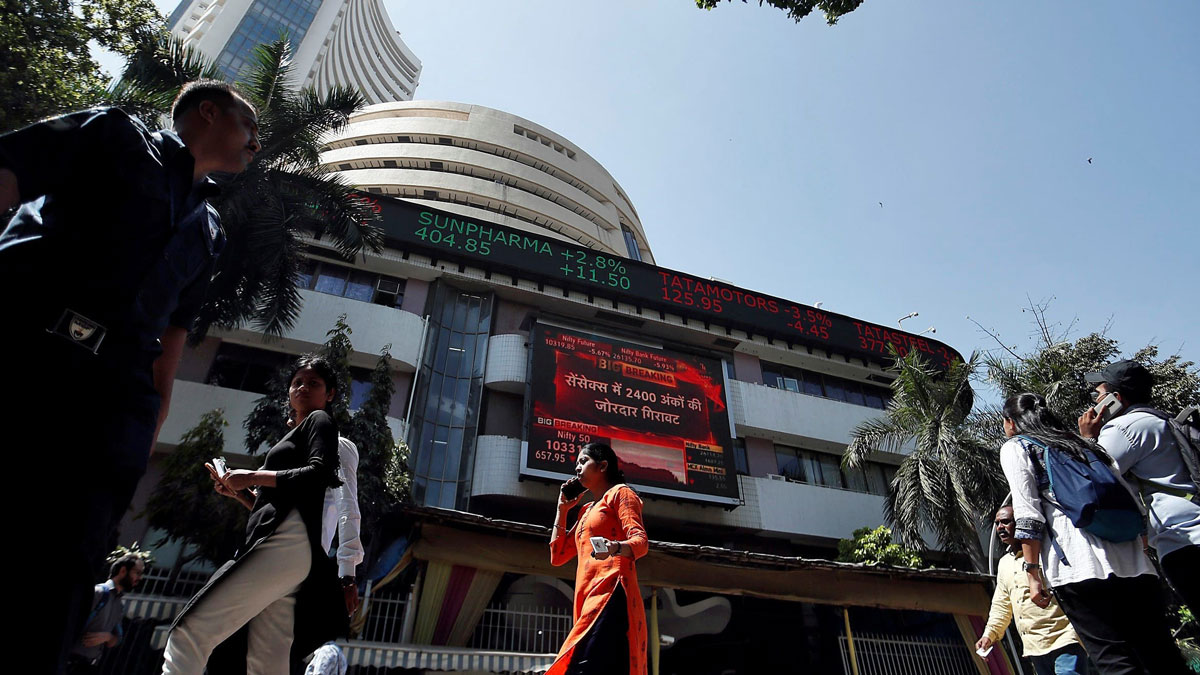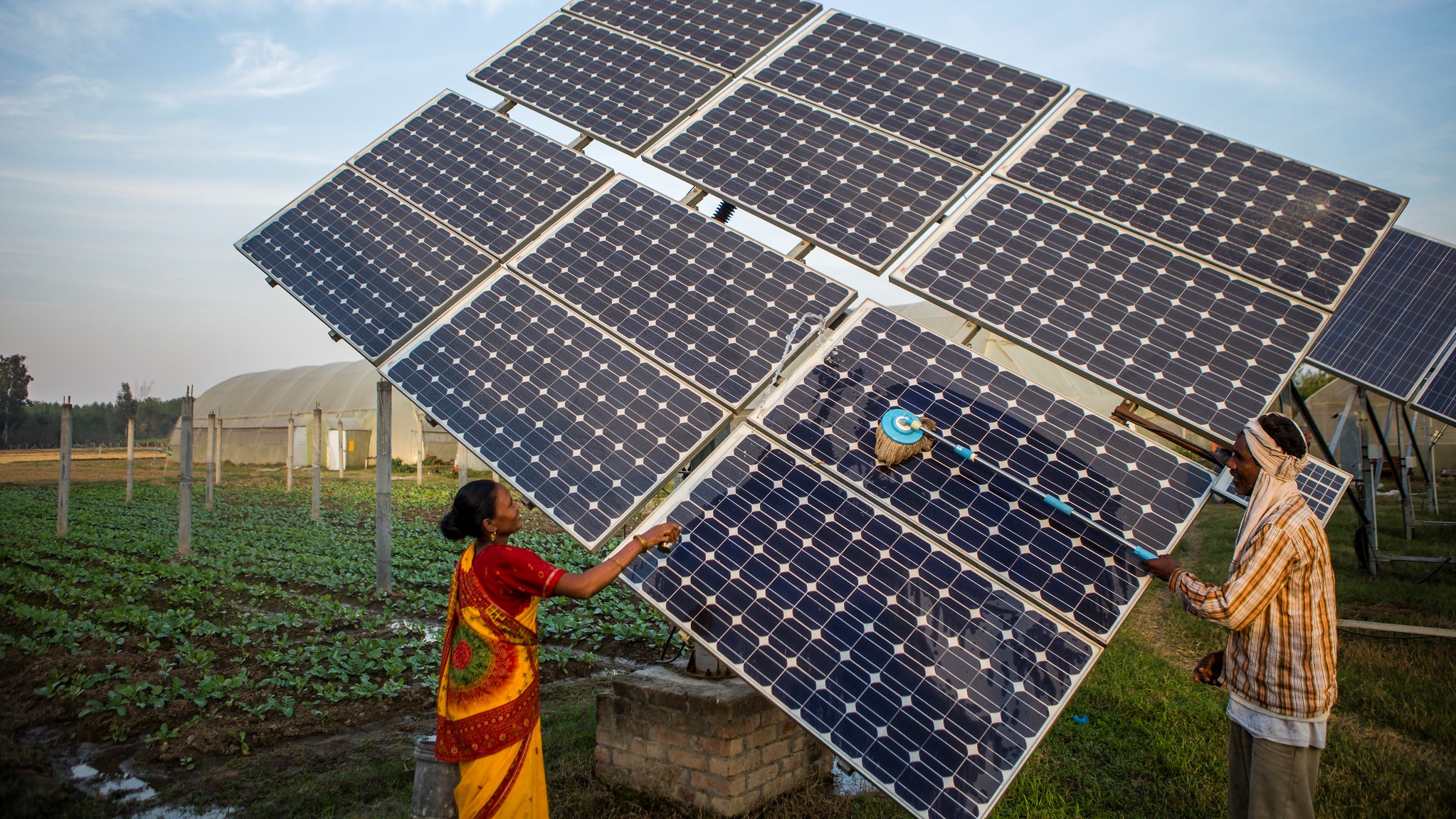Foreign direct investment
The impact of foreign investment on India’s economy

Published 15 October 2024
Changes in India’s approach toward FDI is bearing fruit and may bear more in the future as global supply chains continue to reconfigure due to shifting competitive advantage, demographic changes, and geopolitical tensions. With an FDI stock-to-GDP ratio only a third of the median economy in the UNCTAD FDI database, India remains an outlier that has yet to realize the full potential of foreign investment to benefit its economy.
India has long had a complex relationship with foreign direct investment (FDI) given a colonial past that resulted in skepticism about the benefits of foreign investment. After decades of being mostly closed to foreign investments, India began to open its economy in 1991, though inward FDI remained below US$10 billion per year until 2005-06 when the Indian government increased the number of sectors in which it allowed 100% foreign invested entities without prior approval and increased the foreign investment cap in others. FDI grew further under the Make in India program introduced in September 2014 and the Production Linked Incentive Scheme announced in 2020-21. While most sectors of the economy were open to foreign investors without prior approval by 2020, some sectors remain off-limits, require government approval, or are still subject to percentage caps on foreign ownership.
FDI inflows in India grew from US$15 billion for the 1990-1999 period to US$161 billion for 2000-2009, US$372 billion for 2010-2019, and US$158 billion for 2020-2022 during the pandemic. The GDP impact of foreign affiliates in India went from 10.5% of GDP in 2010 to 21.8% of a much larger GDP in 2021.
Download The impact of foreign investment on India's economy by Michael Enright:

Despite these increases, India still lags most other countries when it comes to the FDI intensity of its economy, with an FDI stock-to-GDP ratio only a third of the median economy in the UNCTAD FDI database, and an FDI intensity rank of 179 of 199 economies in 2022, writes Michael Enright, Pierre Choueiri Family Professor in Global Business at the Northeastern University. This suggests that India needs to further open its economy and to make more progress in improving physical infrastructure, workforce capabilities, and the business operating environment to become more attractive to both local and foreign investors.
In the past decade, the impact on India’s GDP of US affiliates operating in India has been as much as 250 times the annual FDI inflow from the US. The impact of all foreign investment has ranged from 6 times to more than 15 times the annual FDI inflow. These results have yet to include a wide range of positive spillovers and other benefits that are difficult to quantify. Enright urges nations to move beyond thinking about FDI in terms of flows alone, to focus on stocks of investment, the operations of foreign enterprises, and the economic impacts of these operations.
© The Hinrich Foundation. See our website Terms and conditions for our copyright and reprint policy. All statements of fact and the views, conclusions and recommendations expressed in this publication are the sole responsibility of the author(s).
Michael Enright is a leading expert on international competitiveness, regional economic development, and international business strategy.
Have any feedback on this article?
Related Articles

Moving beyond disappointment: India, FDI, and sustainability
07 December 2021

Moving beyond disappointment: India, FDI, and sustainability
07 December 2021



